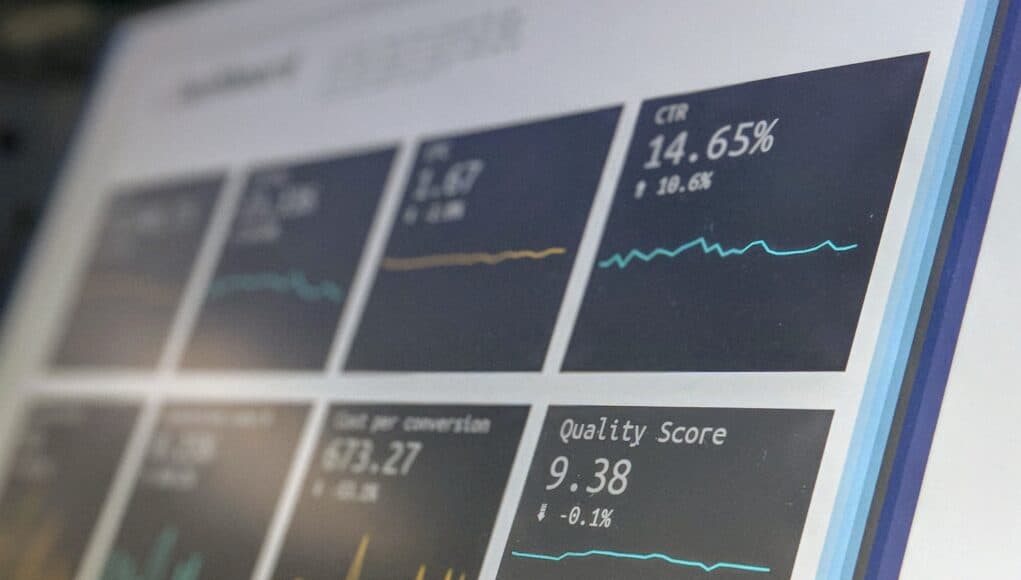We have observed that data management has been a critical challenge for organizations over the years. However, with the advent of data observability, data management has become more efficient and effective. In this article, we will explore data observability in detail, its benefits, and how it can help your organization in managing your data.
What is Data Observability?
Data observability is the ability to measure and monitor the health of your data pipeline. It enables you to detect and fix issues in real-time, ensuring that your data pipeline is healthy and reliable. It also helps you to track changes in your data pipeline and ensures that they do not negatively impact the downstream applications.
Why is Data Observability Important?
Data observability is important for many reasons. Firstly, it helps you to detect and resolve issues in real-time, reducing the risk of downtime and data loss. It also ensures that your data is accurate and reliable, enabling you to make better-informed decisions.
Benefits of Data Observability
Data observability offers several benefits, including:
- Improved data quality: By monitoring your data pipeline in real-time, data observability ensures that your data is accurate and of high quality.
- Reduced downtime: By detecting and resolving issues in real-time, data observability helps you to reduce downtime and ensure that your data pipeline is always up and running.
- Increased efficiency: Data observability enables you to identify and resolve issues quickly, allowing you to focus on other critical tasks.
- Better-informed decision making: With accurate and reliable data, you can make better-informed decisions, leading to improved business outcomes.
How does Data Observability work?
Data observability works by monitoring key metrics of your data pipeline, such as data quality, data freshness, and data volume. By monitoring these metrics, you can identify issues in real-time and take corrective action. For example, if the data quality metric falls below a certain threshold, you can set up alerts to notify you of the issue and take corrective action to ensure that the issue is resolved quickly.
Best Practices for Data Observability
To achieve the full benefits of data observability, it is essential to follow best practices. Here are some best practices for data observability:
- Define Key Metrics: Define the key metrics that you want to monitor. These metrics should be aligned with your business goals and objectives.
- Set up Alerts: Set up alerts to notify you when the key metrics fall below or above a certain threshold. This will help you to detect and resolve issues in real-time.
- Monitor Data Quality: Monitor the quality of your data by setting up checks and tests to ensure that your data is accurate and reliable.
- Track Data Lineage: Track the lineage of your data to ensure that you can trace the source of any issues.
- Integrate with Existing Tools: Integrate data observability tools with your existing data management tools to streamline your workflow.
- Automate Processes: Automate data observability processes to reduce the workload on your team and ensure that your data pipeline is always healthy.
- Collaborate Across Teams: Foster collaboration across teams to ensure that everyone is aligned with the data observability strategy and can contribute to its success.
By following these best practices, you can ensure that your data observability strategy is effective and efficient.
Data Observability Tools
There are several data observability tools available in the market. Here are some of the most popular ones:
- Databand: Databand is a data observability platform that helps you to monitor the health of your data pipeline in real-time.
- Validio: Validio is a realtime data observability platform that easily integrates with a plethora of data sources.
- Datadog: Datadog is a monitoring platform that enables you to monitor the health of your data pipeline, infrastructure, and applications.
- Prometheus: Prometheus is an open-source monitoring system that enables you to monitor metrics from various sources.
- Splunk: Splunk is a data analytics platform that enables you to monitor, search, and analyze machine-generated data.
- Grafana: Grafana is an open-source data visualization and monitoring platform that enables you to create and share interactive dashboards.
These tools can help you to implement your data observability strategy effectively and efficiently.
Conclusion
Data observability is a critical aspect of data management, enabling organizations to ensure that their data pipeline is healthy, reliable, and accurate. By adopting best practices and using the right tools, you can improve the quality of your data, reduce downtime, increase efficiency, and make better-informed decisions. We hope that this article has provided you with a comprehensive understanding of data observability, its benefits, best practices, and tools. If you have any questions or require further information, please do not hesitate to contact us.









